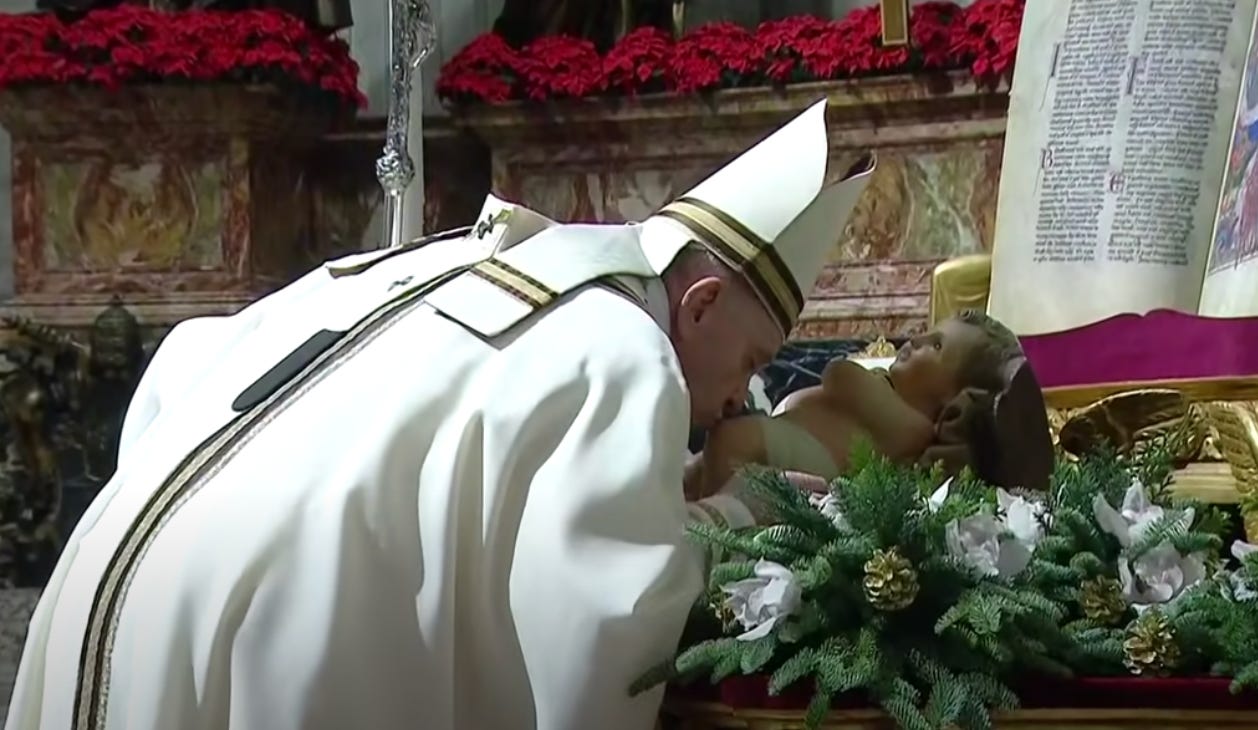
Catholics who want to go to Mass for Christmas have a lot of options.
They can go, for example, to the 4:00 pm Mass on Christmas Eve — the one crowded with families, at wh…

Catholics who want to go to Mass for Christmas have a lot of options.
They can go, for example, to the 4:00 pm Mass on Christmas Eve — the one crowded with families, at wh…